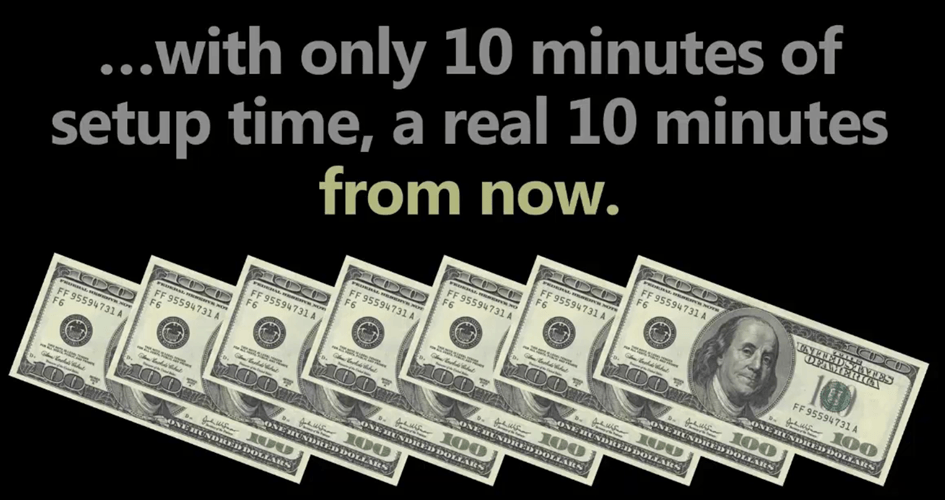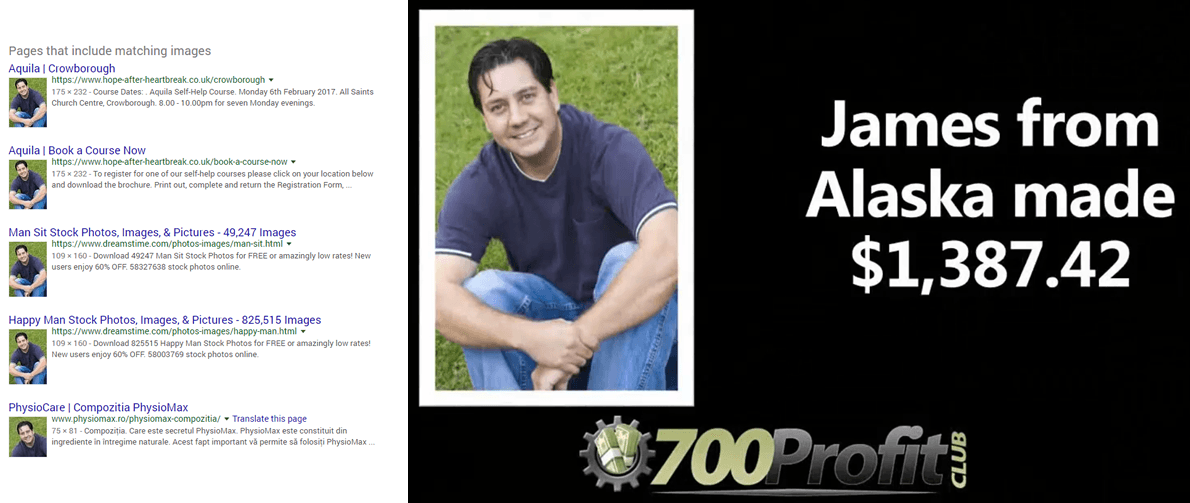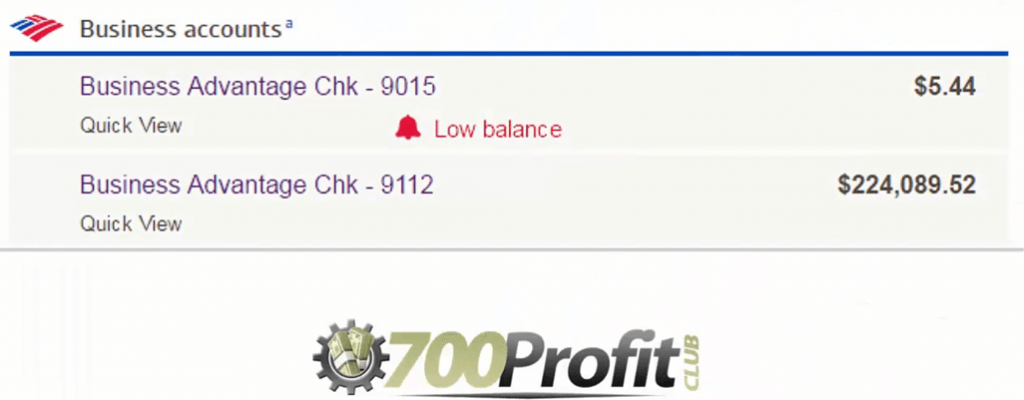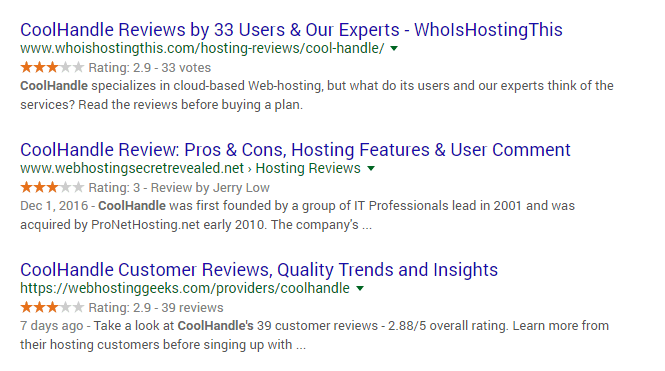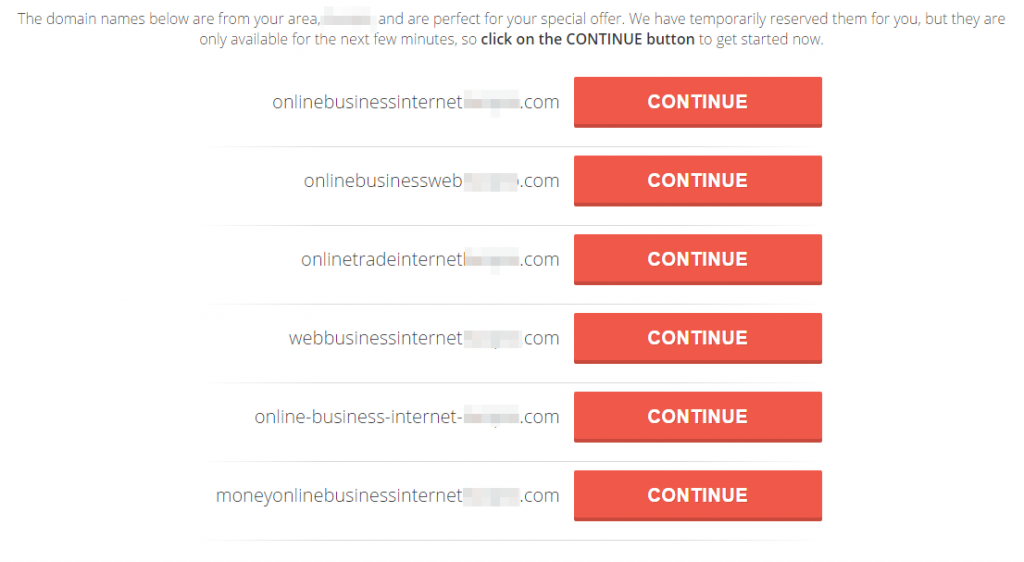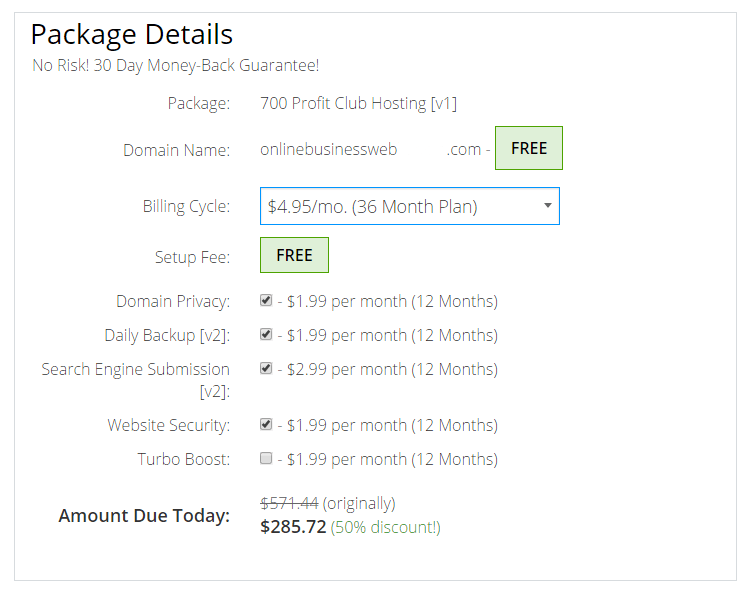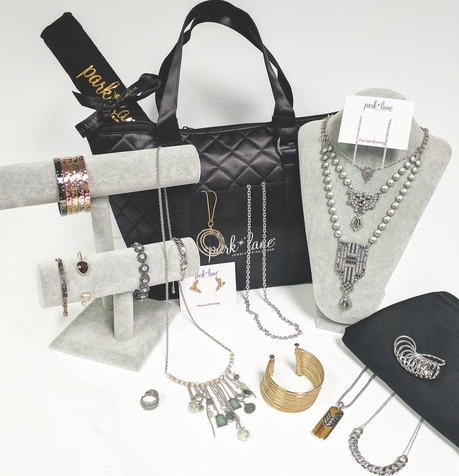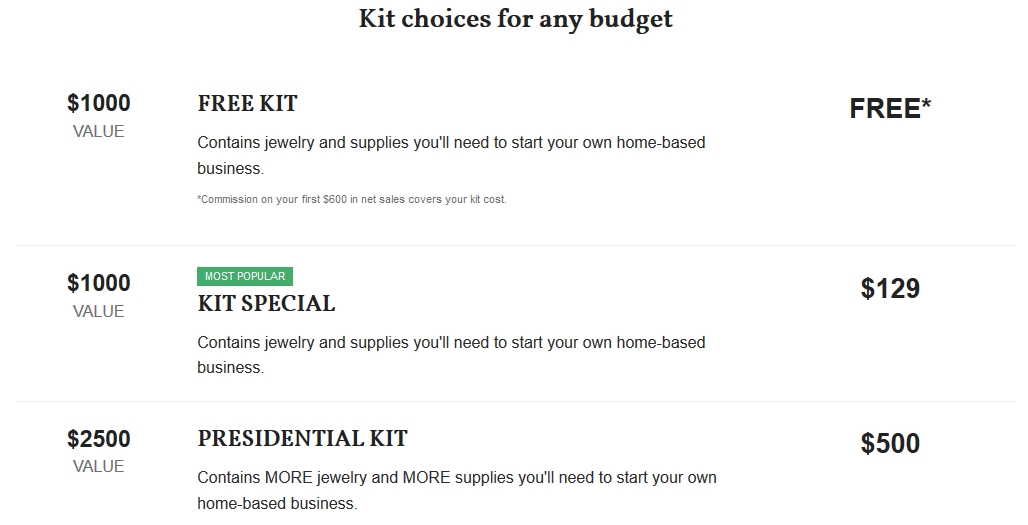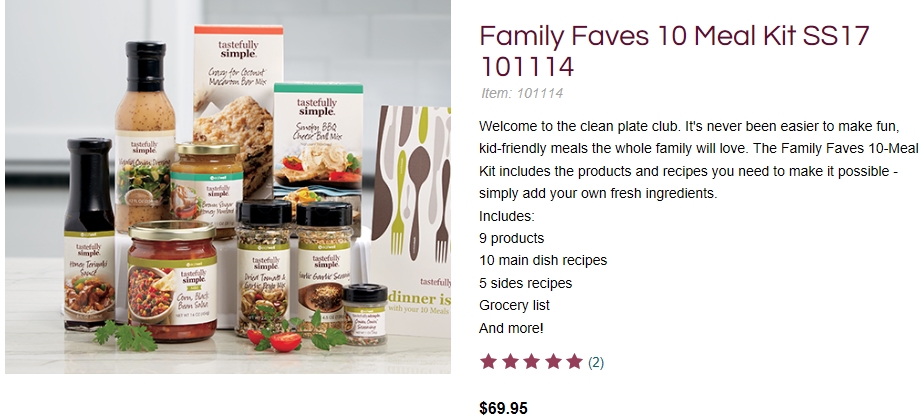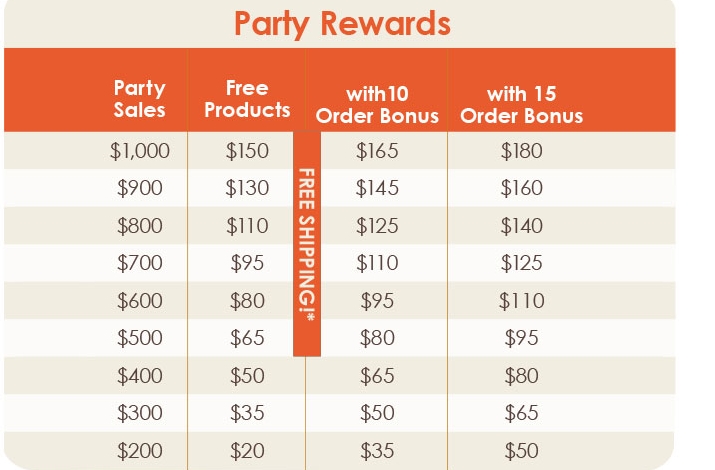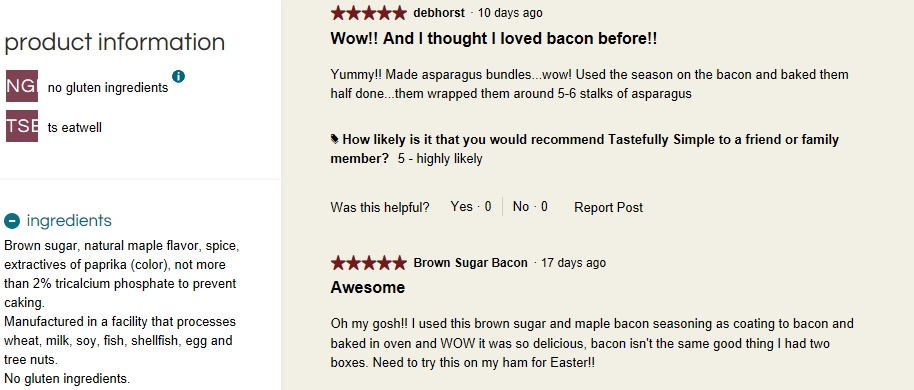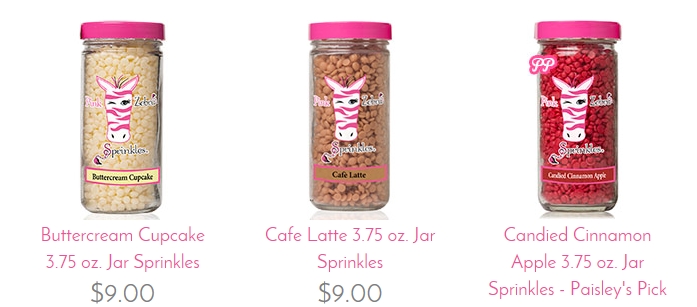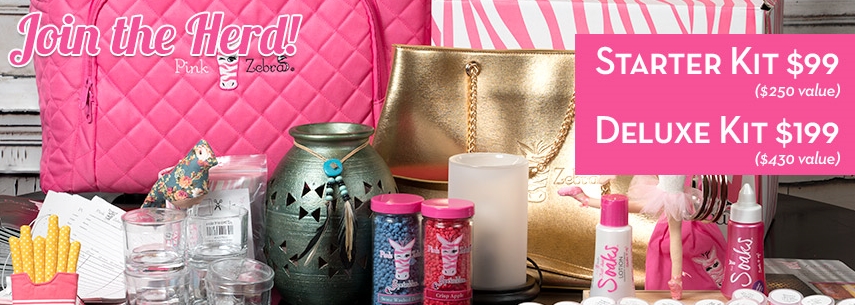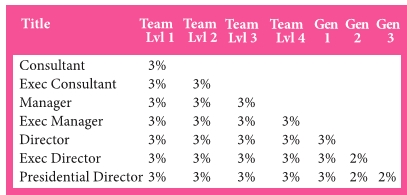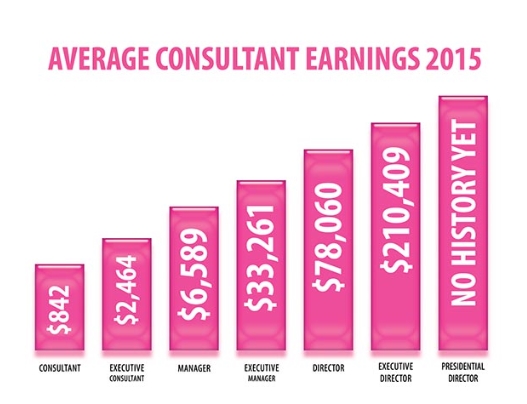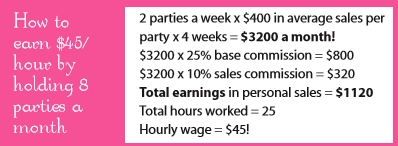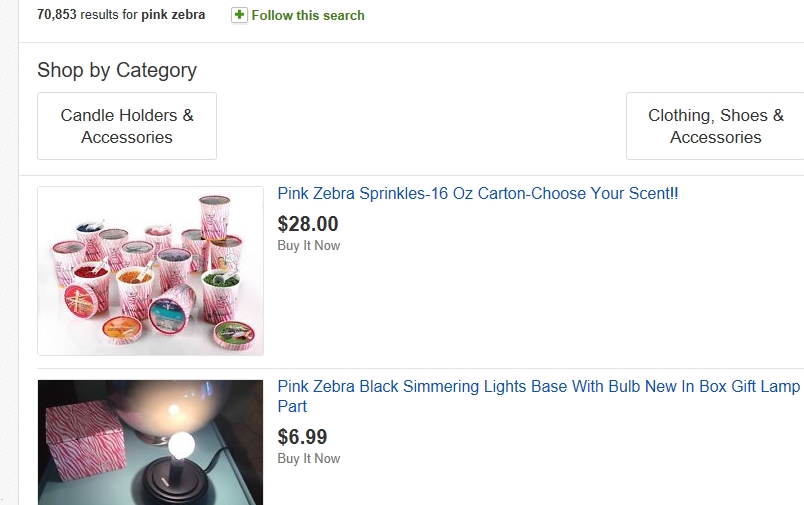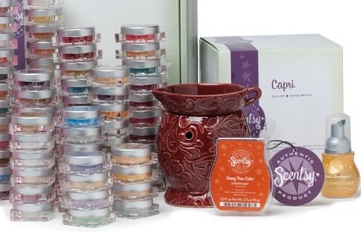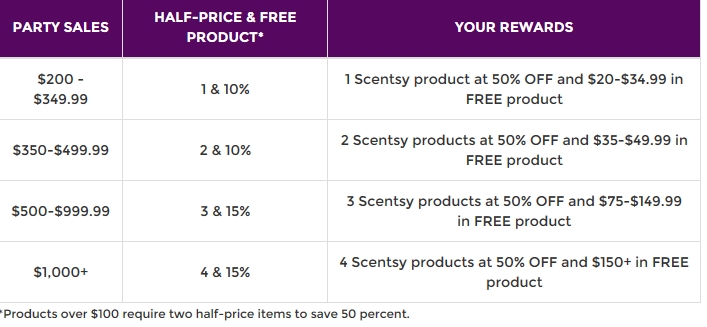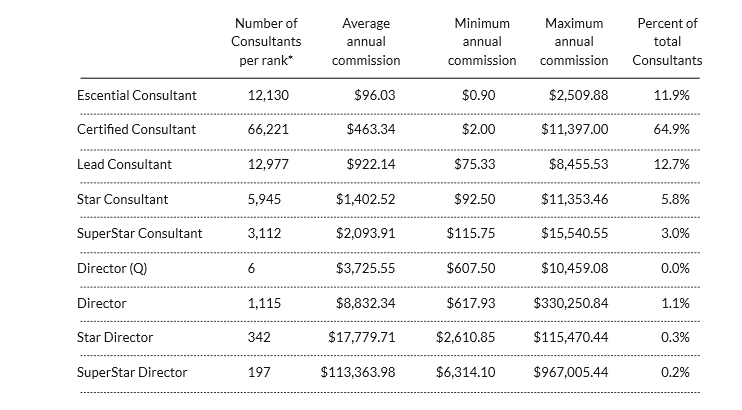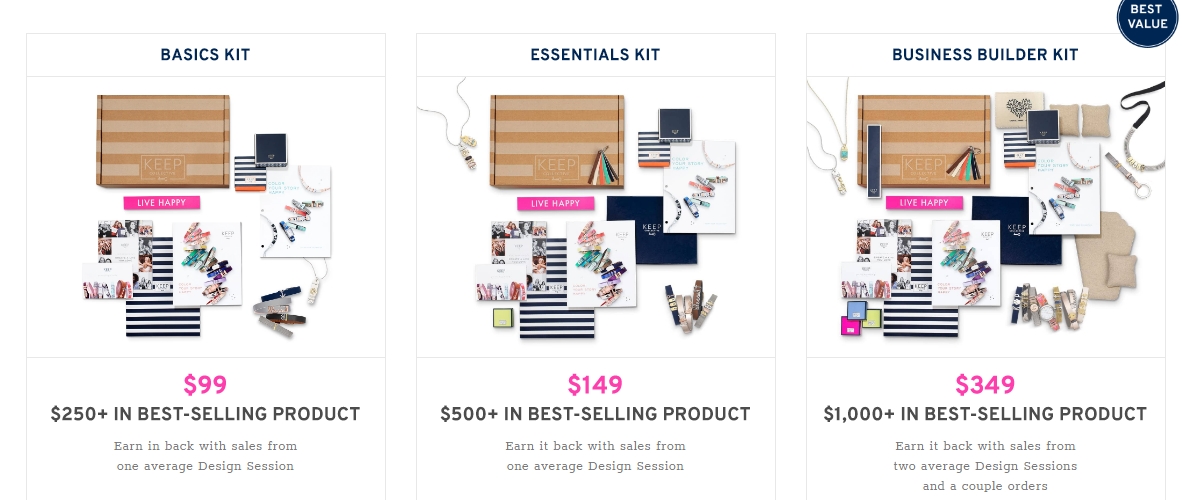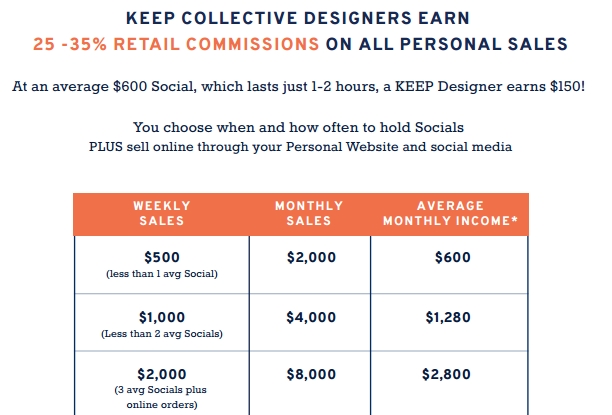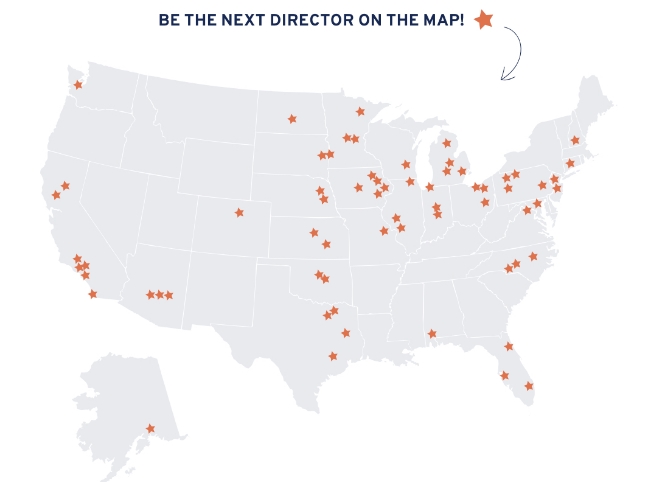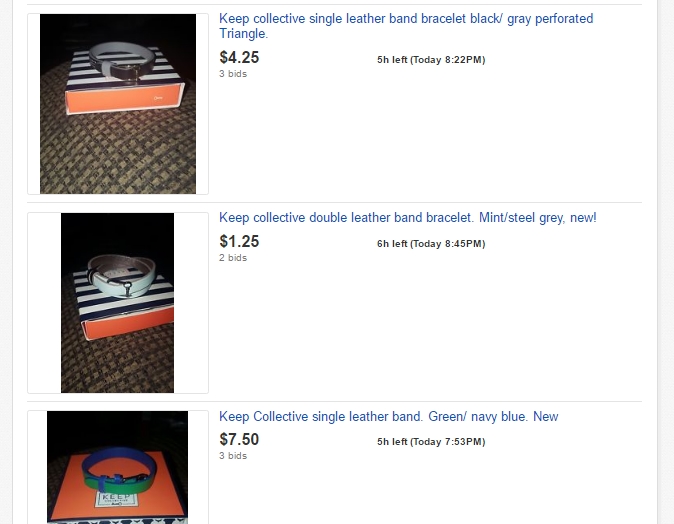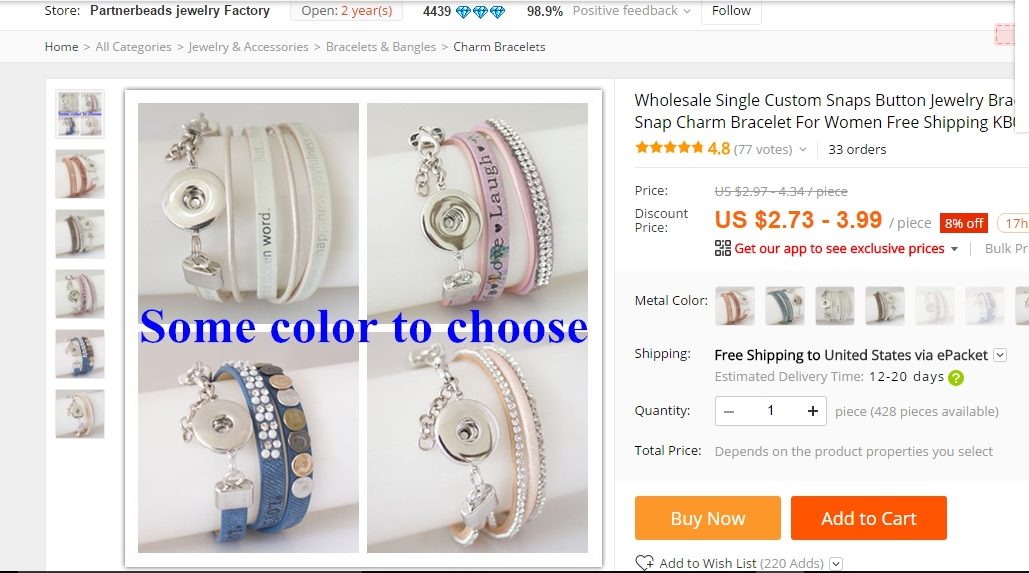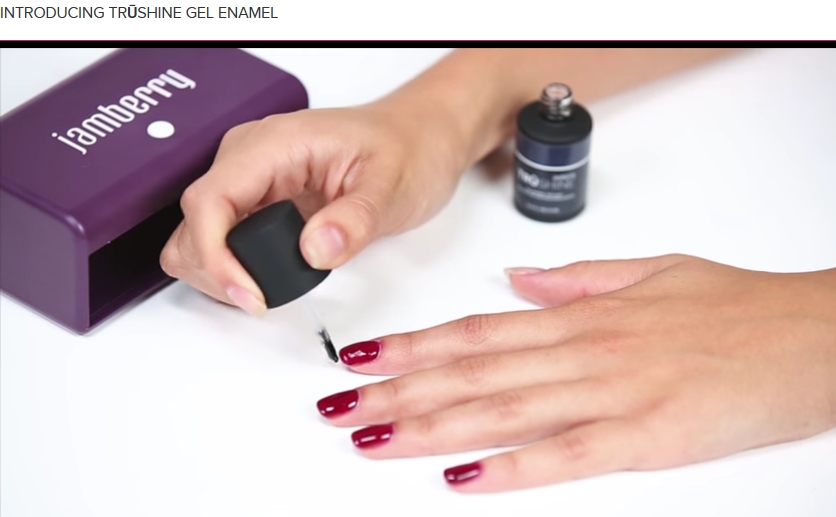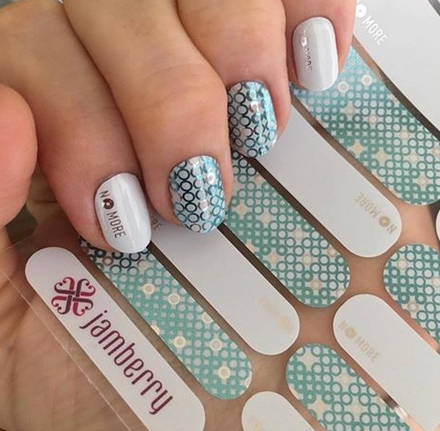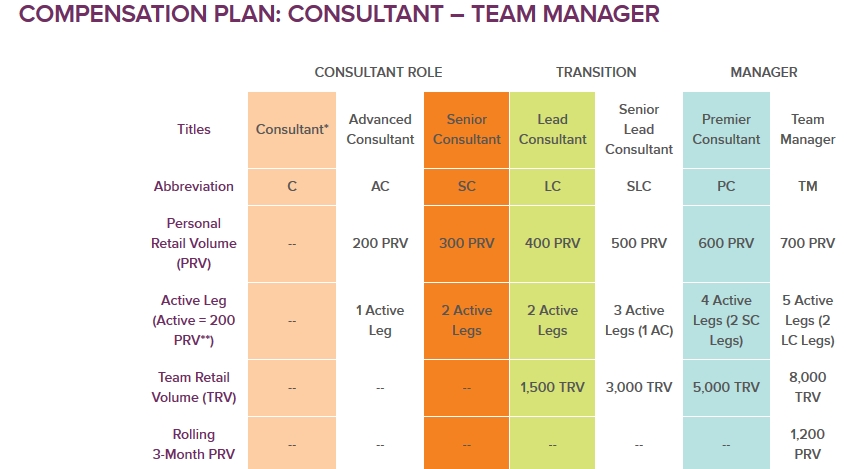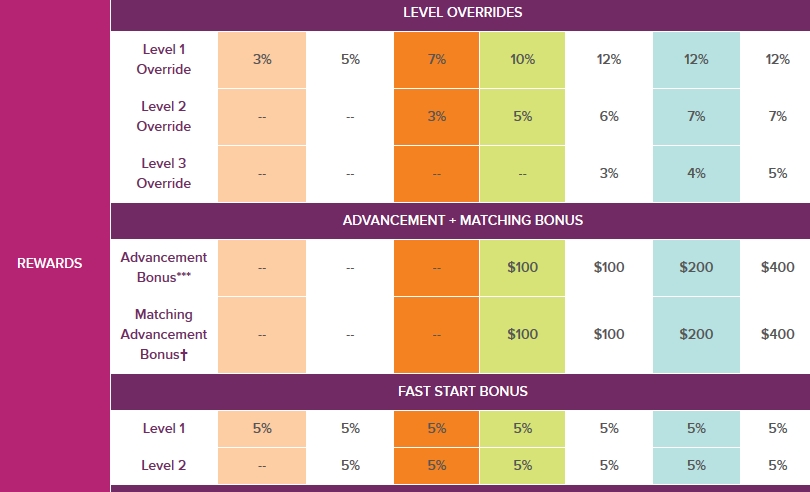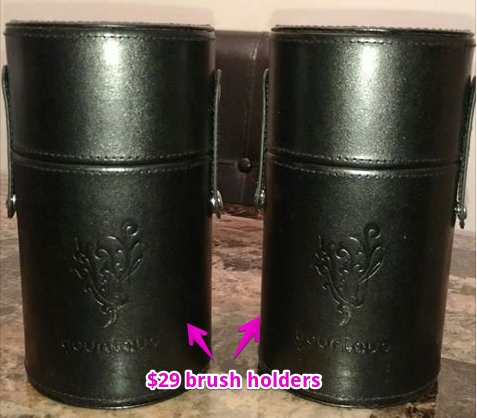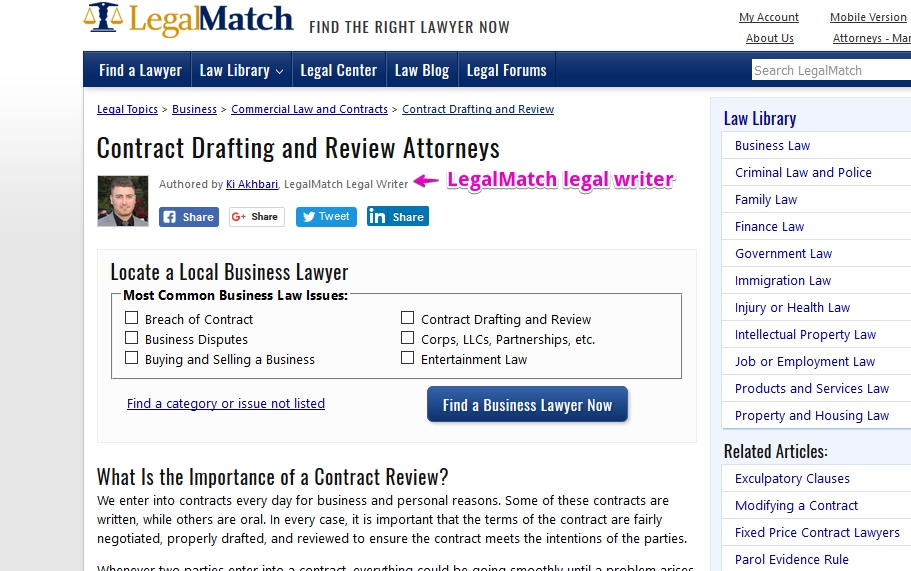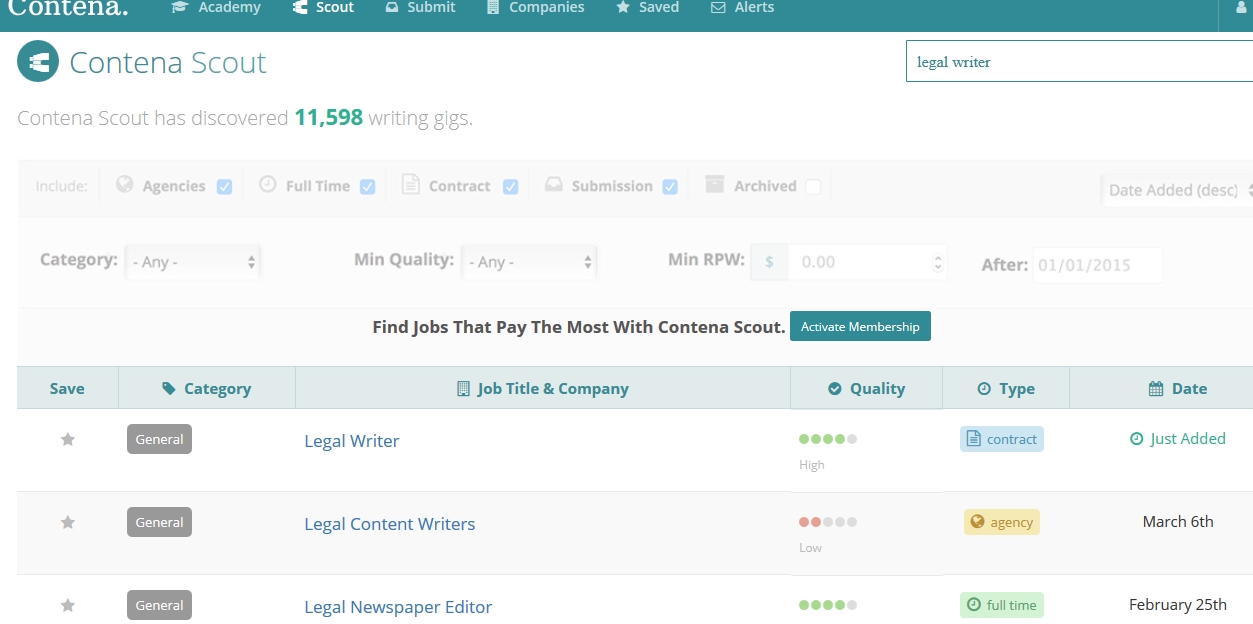If you’ve been following our recent posts on ITT, you’ve seen us review several different direct sales MLMs such as Scentsy, Park Lane Jewelry, Pink Zebra, Tastefully Simple, etc. All these businesses operate on a similar model of direct sales multi-level marketing (MLM). What this means is that private individuals and not retailers sell the companies’ goods. These individuals are rewarded with commissions for selling the goods; they also earn extra commissions for recruiting other private individuals, who then also (hopefully) sell the companies’ goods.
In the work-at-home arena, there is high emphasis placed on which direct sales MLM businesses offer the highest commissions or the best incentives. There are online forums and social media groups that teach and advice individuals on how best to sell for this or that direct sales MLM company. Lots of blog posts have been published espousing how to sell merchandise from various MLMs.
However, what if, instead of joining yet another direct sales MLM company, you created your own?
It’s entirely possible- and here’s how you can do it.
How to start your own MLM company
Obtain cheap merchandise from wholesale marketplaces.
Your first step towards establishing your own MLM business should be in securing unique yet cheaply priced merchandise, which usually comes from wholsale marketplaces like AliExpress or Alibaba. These dropship marketplaces not only offer cheap goods from all kinds of manufacturers, most of which are based in China, they will also ship your goods for free (via ePacket shipping).
The advantage of using AliExpress is that you can order individual merchandise items and test them out at your leisure. Once you are certain that the item fits your need, you can order it in bulk. Alternately, you can check out Alibaba, the parent site of AliExpress, and order bulk merchandise there.
The wholesale prices that you will pay for your items through AliExpress and/or Alibaba are just unbelievable. Let’s say you wanted to start selling bracelets at $15-$20/piece, which is a reasonable sum of money for jewelry. Here is an example of what you’d pay as your wholesale price:
Arguably, you could mark up this merchandise to 1000% its priced value on AliExpress and still come off looking decently priced. That markup would also give you a wide baseline from which you could run promotions and provide commissions to your MLM members.
Taking this one step further, you could dropship selected merchandise directly from AliExpress and/or Alibaba to your members, saving yourself the hassle of paying for shipping/handling and then needing to house inventory.
Create your business commission structure and install software.
Create a few documents and a website that outline your products, how recruits can join your business (oftentimes by paying a membership fee), and the 3+ levels that recruits can access to increase their weekly/monthly commissions. In order to make new memberships worthwhile for you, create a selection of kits that members must choose from when they first get started with your MLM.
You will need to obtain MLM software that operates within your website and awards different commissions to different levels of members. Some examples of such software include Xennsoft MLM software, which is offered via Utah-based Xennsoft. If you’d rather not pay for such software, open-source options exist, including Mvc’s MLM Studio, which is a WordPress-based open source MLM software.
It’s imperative that your MLM software accurately track your business members and their earned commissions. Otherwise, you’ll earn bad online reviews and members who eventually leave (or even sue) your business. And speaking of being sued…
Incorporate your MLM business as an LLC.
The MLM world is rife with dissatisfied members and individuals who are more than ready to call your business a scam or pyramid scheme. If you run your business as a sole proprietorship, you are likely to lose your shirt when (not if) you get sued. Thus, in the MLM business world, it’s essential that you protect your personal assets by incorporating ASAP.
Luckily, filing your business as an LLC isn’t difficult or time-consuming. You can create an LLC even if you are the only employee of that business. More information is provided here.
Market your MLM business online and elsewhere.
Once you have your products picked out, your website set up, and your business incorporated, it’s time to start marketing your MLM and its unique value proposition. To this end, you can hire help fairly cheap, such as through sites like Fiverr.
Microjob sites like Fiverr are not only filled with experienced professionals who can complete specific tasks for you, and cheaply, they are also a great timesaver.
When creating your MLM, keep in mind that you will need to deal with members directly from time to time. Frankly, most MLM members do want to see and know who their business owner/founder is and what is his “backstory” to creating this particular business and its line of products. If you are by nature a people person, you have a better chance at succeeding.
Also, most successful MLMs pump up their members with incentives programs, occasional conferences/trips, rewards, etc. Consider setting aside some money now for these incentives as part of your overall marketing plan.
The MLM as a leveraged dropship business
Most dropship businesses advertise wholesale marketplace-derived merchandise that is dropshipped to customers following their purchase. This is a good business model in and of itself because you do not need to house the merchandise in order to sell it. Also, because you are sourcing your merchandise from wholesale manufacturers, you can mark up your goods several hundred percent and make a handsome profit. Alternately, you can generate promotions and sales with ease to drive consumer demand for your goods.
By adding an MLM layer to this business model, you leverage your people power significantly through member recruitment. Now, not only are you selling individual wholesale items to customers, you are also selling batches of wholesale items to member-customers. Those member-customers must then turn around and sell the items they purchased from you or eat the cost.
This is, by in large, why there are many upon many MLMs, each with their own unique product line(s). The MLM business model is actually a profitable business to get into- provided you are the MLM owner and originator. In contrast, members within the MLM structure can make some money by selling merchandise- but it’s doubtful they will ever replace their full-time income in this way. However, some MLM members do in fact succeed by breaking out of the current structure and starting their own MLM businesses.


